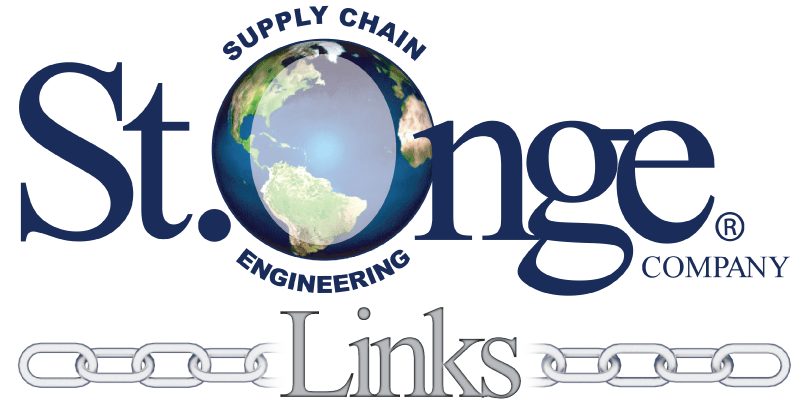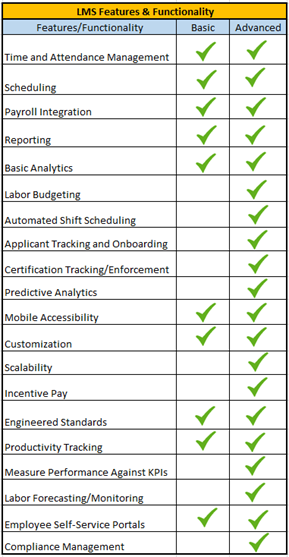 Strengthening your supply chain one link at a time.
Strengthening your supply chain one link at a time.
Today’s highly competitive omnichannel environment requires supply chain leaders to have real-time visibility into labor performance metrics. After all, a company’s most significant asset is its employees, and often a supply chain’s most significant cost is labor. A labor management system (LMS) reports daily productivity by compiling employee data to help managers make informed decisions and optimize labor resources even during peak times.
What are the benefits of an LMS?
Although LMS got its footing in grocery retailing, all verticals can benefit from implementing an LMS. The benefits of an LMS include:
How does an LMS work?
At its core, an LMS replaces paper-based time tracking and schedules. Managers can track and evaluate warehouse teammates’ performance and create incentive-based compensation programs to improve employee engagement. Employees benefit from increased transparency, convenience, and flexibility when understanding how to perform a task and the duration the task should take.
An LMS uses daily reports to display picks per hour and units per hour metrics on dashboards, which calculates the employee performance percentage (EPP) used to reward the most productive employees (should an employer chose to implement incentives) or identify areas for improvement. Incentive pay can be calculated based on group performance, task, experience, quality, etc. RF devices can also be used to record individual or departmental labor activities such as travel distance and worker fatigue. LMS drives organizational culture to focus on continuous improvement, mentoring, and coaching to ensure employees understand the expected level of effort.
An LMS can be integrated into a warehouse management system (WMS), enterprise resource planning (ERP), time and attendance systems, or a payroll application. A basic LMS allows warehouse managers to track employee time and attendance and create schedules. An advanced or rules-based approach LMS can predict how many employees you’ll need to staff a future shift. Please see the list of basic vs. advanced LMS features and functionalities in the chart below:

Managing a workforce is not easy, especially in a labor-constrained environment. Poor labor management can negatively impact your bottom line, increase costs, reduce productivity, and potentially increase turnover rates. Supply chain leaders require real-time visibility into labor performance metrics to ensure productivity and profitability targets. The goal of an LMS is to help managers measure and motivate their workforce by simplifying daily work tasks. With increased productivity, return on investment (ROI) can be less than 16 months.
When choosing the right LMS platform, consider the following:
The duration of an LMS implementation depends on the size of the company, scope, and complexity. Typically, LMS implementations are completed within 6 weeks to 28 weeks. Proper change management is an important factor. It’s important to have frequent communication with warehouse staff articulating the benefits of an LMS which can be achieved through newsletters, infographics, town hall meetings, or small group meetings.
—Ashley Rhodes, St. Onge Company